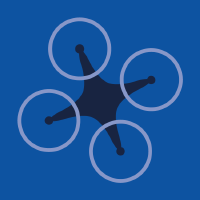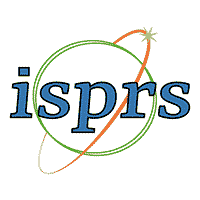Topic Editors
3D Computer Vision and Smart Building and City, 2nd Volume
Topic Information
Dear Colleagues,
This Topic is a continuation of the previous successful Topic, "3D Computer Vision and Smart Building and City (https://www.mdpi.com/topics/3D_BIM)". Three-dimensional computer vision is an interdisciplinary subject involving computer vision, computer graphics, artificial intelligence and other fields. Its main contents include 3D perception, 3D understanding and 3D modeling. In recent years, 3D computer vision technology has developed rapidly and has been widely used in unmanned aerial vehicles, robots, autonomous driving, AR, VR and other fields. Smart buildings and cities use various information technologies or innovative concepts to connect as well as various systems and services so as to improve the efficiency of resource utilization, optimize management and services and improve quality of life. Smart buildings and cities can involve some frontier techniques, such as 3D CV for building information models, digital twins, city information models, simultaneous localization and mapping robots. The application of 3D computer vision in smart buildings and cities is a valuable research direction, but it still faces many major challenges. This topic focuses on the theory and technology of 3D computer vision in smart buildings and cities. We welcome papers that provide innovative technologies, theories or case studies in the relevant field.
Prof. Dr. Junxing Zheng
Dr. Peng Cao
Topic Editors
Keywords
- smart buildings and cities
- 3D computer vision
- SLAM
- building information model
- city information model
- robots
Participating Journals
| Journal Name | Impact Factor | CiteScore | Launched Year | First Decision (median) | APC | |
|---|---|---|---|---|---|---|

Buildings
|
3.8 | 3.1 | 2011 | 14.6 Days | CHF 2600 | Submit |

Drones
|
4.8 | 6.1 | 2017 | 17.9 Days | CHF 2600 | Submit |

Energies
|
3.2 | 5.5 | 2008 | 16.1 Days | CHF 2600 | Submit |

Sensors
|
3.9 | 6.8 | 2001 | 17 Days | CHF 2600 | Submit |

Sustainability
|
3.9 | 5.8 | 2009 | 18.8 Days | CHF 2400 | Submit |

ISPRS International Journal of Geo-Information
|
3.4 | 6.2 | 2012 | 35.5 Days | CHF 1700 | Submit |

MDPI Topics is cooperating with Preprints.org and has built a direct connection between MDPI journals and Preprints.org. Authors are encouraged to enjoy the benefits by posting a preprint at Preprints.org prior to publication:
- Immediately share your ideas ahead of publication and establish your research priority;
- Protect your idea from being stolen with this time-stamped preprint article;
- Enhance the exposure and impact of your research;
- Receive feedback from your peers in advance;
- Have it indexed in Web of Science (Preprint Citation Index), Google Scholar, Crossref, SHARE, PrePubMed, Scilit and Europe PMC.



